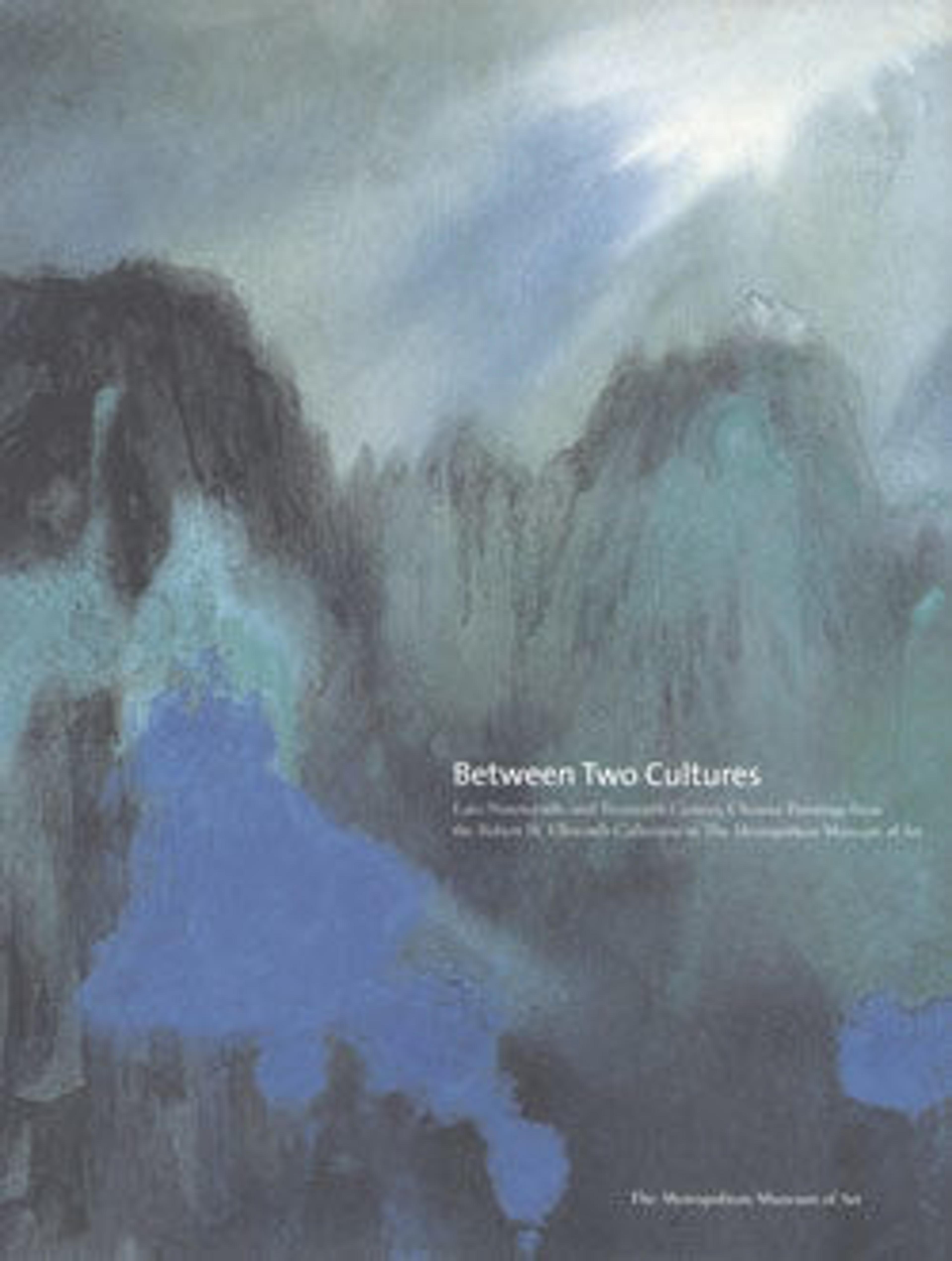Weeping Willow
This painting, executed shortly after the Japanese occupied Beijing in 1937, makes a point about life under foreign occupation, as Qi makes clear in his inscription:
Do not criticize Dao [Yuanming's] family for being weak, for lacking courage. There are times that willow branches must learn to bend [with the wind].
(Wen Fong, trans., Between Two Cultures: Late-Nineteenth- and Early-Twentieth-Century Chinese Paintings from the Robert H. Ellsworth Collection in The Metropolitan Museum of Art [New York: The Metropolitan Museum of Art, 2001], p. 163)
Do not criticize Dao [Yuanming's] family for being weak, for lacking courage. There are times that willow branches must learn to bend [with the wind].
(Wen Fong, trans., Between Two Cultures: Late-Nineteenth- and Early-Twentieth-Century Chinese Paintings from the Robert H. Ellsworth Collection in The Metropolitan Museum of Art [New York: The Metropolitan Museum of Art, 2001], p. 163)
Artwork Details
- 清/現代 齊白石 垂柳圖 軸
- Title: Weeping Willow
- Artist: Qi Baishi (Chinese, 1864–1957)
- Date: ca. 1937
- Culture: China
- Medium: Hanging scroll; ink on paper
- Dimensions: 31 7/8 x 13 in. (81 x 33 cm)
- Classification: Paintings
- Credit Line: Gift of Robert Hatfield Ellsworth, in memory of La Ferne Hatfield Ellsworth, 1986
- Object Number: 1986.267.221
- Curatorial Department: Asian Art
More Artwork
Research Resources
The Met provides unparalleled resources for research and welcomes an international community of students and scholars. The Met's Open Access API is where creators and researchers can connect to the The Met collection. Open Access data and public domain images are available for unrestricted commercial and noncommercial use without permission or fee.
To request images under copyright and other restrictions, please use this Image Request form.
Feedback
We continue to research and examine historical and cultural context for objects in The Met collection. If you have comments or questions about this object record, please complete and submit this form. The Museum looks forward to receiving your comments.
